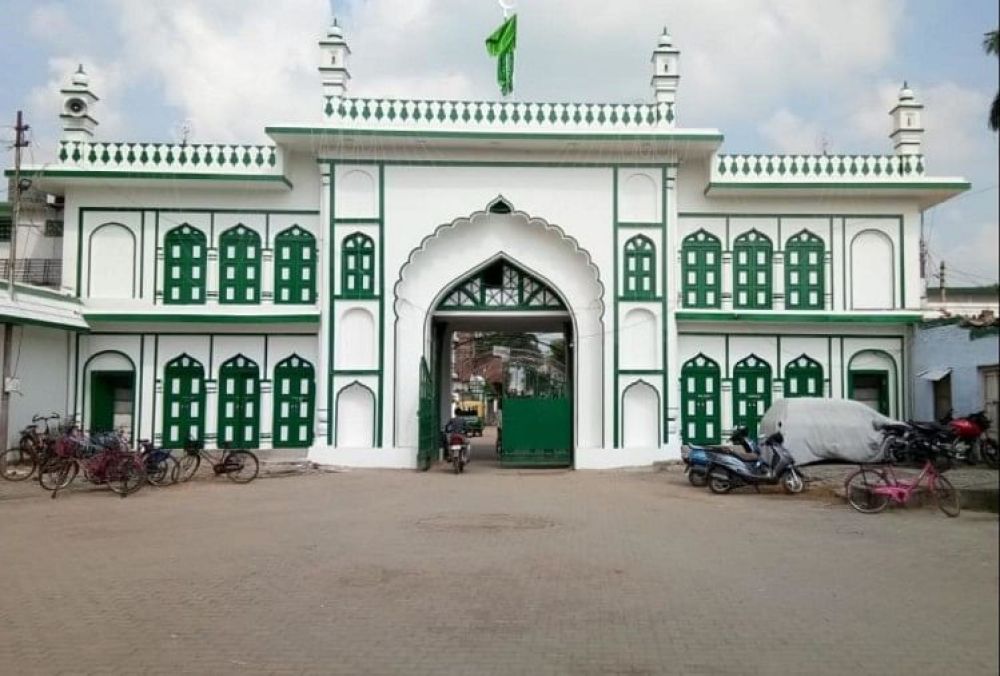

Imambara Gorakhpur, situated in the bustling city of Gorakhpur, Uttar Pradesh, is an exquisite piece of historical architecture that has been a significant landmark for both locals and tourists alike. It stands as a testimony to the cultural and religious heritage of the region.
The history of the Imambara in Gorakhpur is closely tied to the commemorative rituals of the Shia Muslim community. Imambaras are primarily constructed for the purpose of observing Muharram, the period marking the martyrdom of Imam Hussein, the grandson of Prophet Muhammad. The Gorakhpur Imambara, which dates back to the 18th century, is known for its annual Muharram procession and is a focal point for Shia rituals in the city.
Tourism at the Imambara has evolved over the years. Initially a site of religious importance, it has gradually blossomed into a historical attraction for visitors far and wide. Tourists are drawn to the Imambara not only for its religious significance but also for its architectural splendor. Its inclusion in heritage walks and cultural tours has been a significant step forward in showcasing the rich history of Gorakhpur to visitors.
When visiting the Imambara, tourists can marvel at the intricate designs and the grandeur of the structure. The elaborate gates, the majestic hall, and the impressive facade all contribute to its historical charm. The site is particularly vibrant during Muharram when it becomes a hub of activity with various ceremonies and rituals taking place, providing a unique insight into the cultural fabric of the city.
The latest trend in tourism at historical sites like the Imambara Gorakhpur involves a holistic approach to travelers' experiences. Emphasis is being placed on offering comprehensive cultural narratives that include not only the historical aspects but also local art, cuisine, and the living traditions of the people. This immersive approach allows visitors to connect more deeply with the destination.
Despite its historical value, the Imambara Gorakhpur faces challenges in terms of conservation and maintenance. Efforts by local authorities and heritage organizations aim at preserving this monument for future generations. Continuing these conservation efforts is essential to maintain the integrity of the Imambara as a significant cultural asset.
The Imambara Gorakhpur stands as a beacon of cultural history in Uttar Pradesh. With each passing year, it continues to attract visitors eager to unravel the stories embedded within its walls. As an emblem of historic and religious significance, the Imambara's preservation and integration into the fabric of tourism play a crucial role in the cultural education and experience offered to tourists in India.